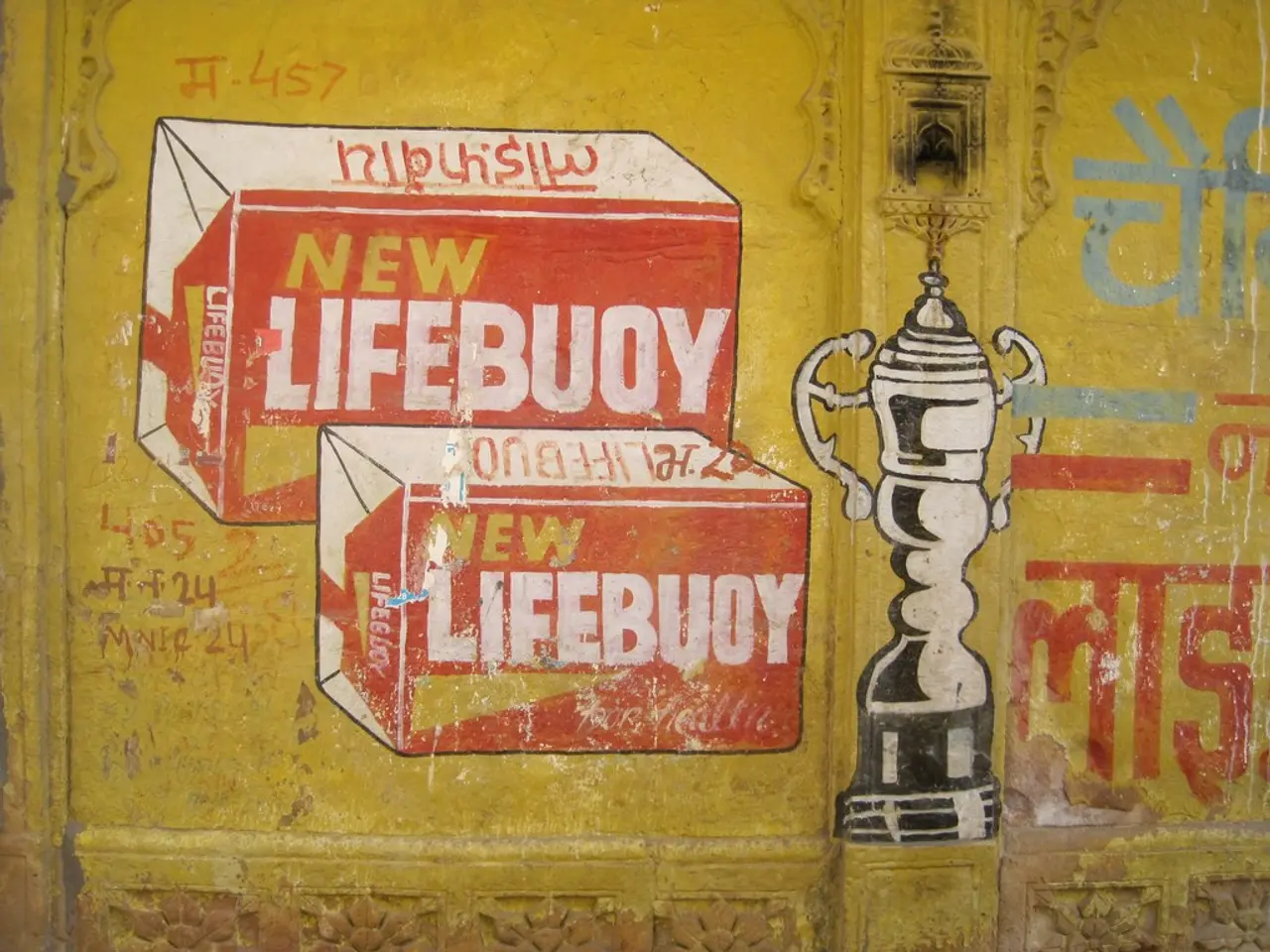Removingstubborn Blu Tack stains from walls? Expert advice ensures your walls stay spotless, seamless, and unharmed.
Blu Tack, the popular adhesive putty, is a staple in many households. However, when it comes to walls, it can sometimes leave unwanted marks. Here's a guide on how to remove Blu Tack stains and prevent them from reoccurring, based on advice from Alice O'Regan, Category Manager for stationery and repair at Bostik UK, the manufacturer of Blu Tack, and Sarah Dempsey, a cleaning expert for MyJobQuote.
If Blu Tack has been on a surface for a long time, Alice O'Regan suggests rolling a fresh piece of Blu Tack on the surface to remove it. For larger stains or those on porous surfaces, cornstarch-based baby powder can be used to remove background residue. After prepping the surface, a stain-blocking paint should be applied to prevent background residues from seeping through. It's important to note that Blu Tack is made from synthetic rubber and mineral oil, which can interact with paint or wall surfaces, causing discoloration or residue when removed.
Before using any cleaning product, Alice O'Regan recommends testing it on an inconspicuous area first. If Blu Tack has left marks on old, delicate, or porous surfaces, she suggests testing chewing gum remover, a citrus-based cleaner, sugar soap, or lighter fuel on the area. For hardened Blu Tack, Sarah Dempsey recommends warming it with a hairdryer before peeling it away. A plastic scraper or credit card can also help remove hardened Blu Tack from surfaces.
To remove remaining staining after using baby powder, Dempsey recommends dabbing on a little washing-up liquid. A magic eraser can be effective for removing Blu Tack stains, but it is slightly abrasive and not the best solution for wallpaper marks. A medium sandpaper grade (120 grit) should be used to lightly rub the area to be painted, including the Blu Tack stain.
It's best to avoid using Blu Tack on porous brickwork and absorbent or recently decorated surfaces. Blu Tack works best on non-porous surfaces like vinyl-coated wallpaper, painted surfaces, glass, and metal. When preparing to paint over Blu Tack stains, it's important to remove all Blu Tack residue and stain.
For a long-term solution, porous surfaces may require two coats of stain-blocking paint. This will ensure that background residues from Blu Tack do not seep through and cause future stains.
In conclusion, Blu Tack stains can be removed with a combination of Blu Tack, baby powder, washing-up liquid, and various cleaning products, depending on the surface and the extent of the stain. It's always a good idea to test any cleaning product on an inconspicuous area first. By following these guidelines, you can keep your walls free of Blu Tack stains and enjoy the convenience of this versatile adhesive.
Read also:
- Budget cuts at federal and state levels jeopardize advancements in fighting HIV and AIDS within Dallas County
- Strategies for Maintaining and Boosting Physical Activity as You Grow Older
- Understanding Prediabetes: A Precursory Condition to Diabetes
- Strategies for Strengthening a Nigerian Infant's Immune System




